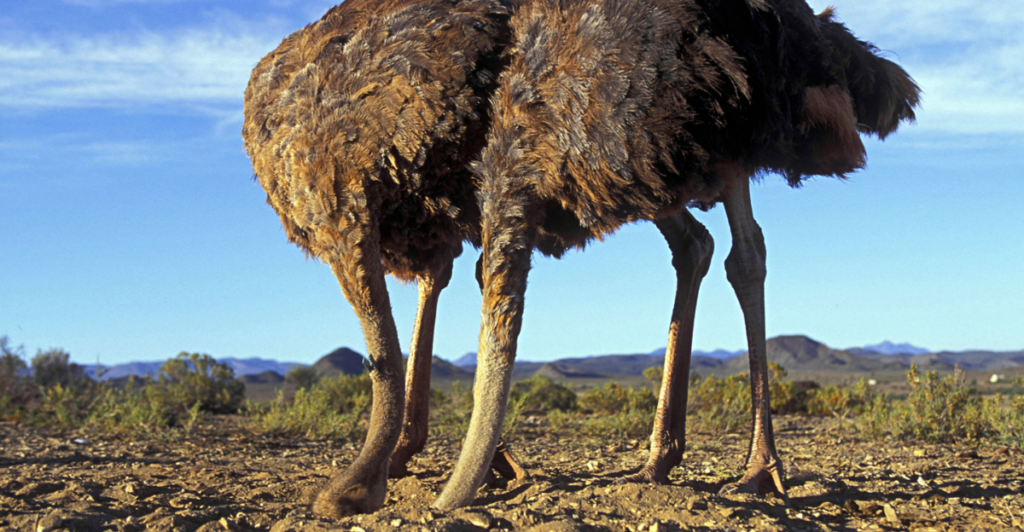
Nature is a beautiful and mysterious place, and we still need to learn so much. Some of the most commonly repeated “facts” are myths, and it’s time to set the record straight.
1. Lightning Never Strikes the Same Place Twice
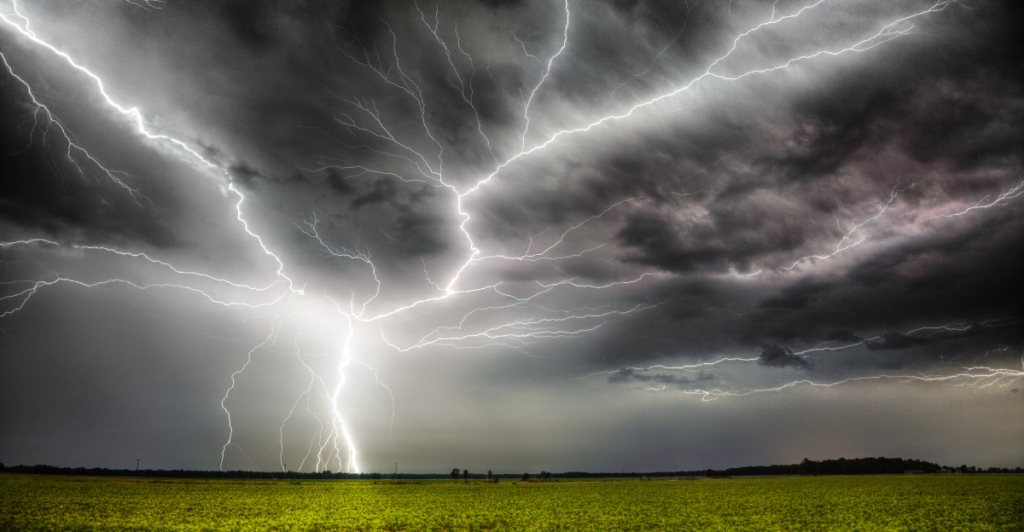
You might have heard this myth at least once or twice in your life before, but this is a myth. This is very far from the truth, as lightning often strikes the same place twice, especially high buildings or structures. The Empire State Building, for example, gets hit by lightning around 25 times per year.
2. Camel Stores Water In Their Humps

A camel doesn’t store water in their humps; they store fat in their humps. These fat reserves serve as an energy source, allowing camels to survive prolonged periods without food. Their real water-saving superpower comes from their incredible ability to retain moisture. They can drink up to 40 gallons in one go and rehydrate faster than most mammals. Their kidneys and intestines are also highly efficient at conserving water, producing concentrated urine and dry feces to minimize fluid loss.
3. Ostriches Bury Their Heads in the Sand

This widespread myth has always been quite popular, but it’s far from the truth. In reality, if an ostrich did try to bury its head, it would most likely suffocate. Ostriches are highly alert birds with excellent eyesight and speed that allow them to outrun most predators. They also dig shallow nests in the dirt to lay their eggs, occasionally using their beaks to turn them, which might also have contributed to the myth.
4. Goldfish Have a Three-Second Memory
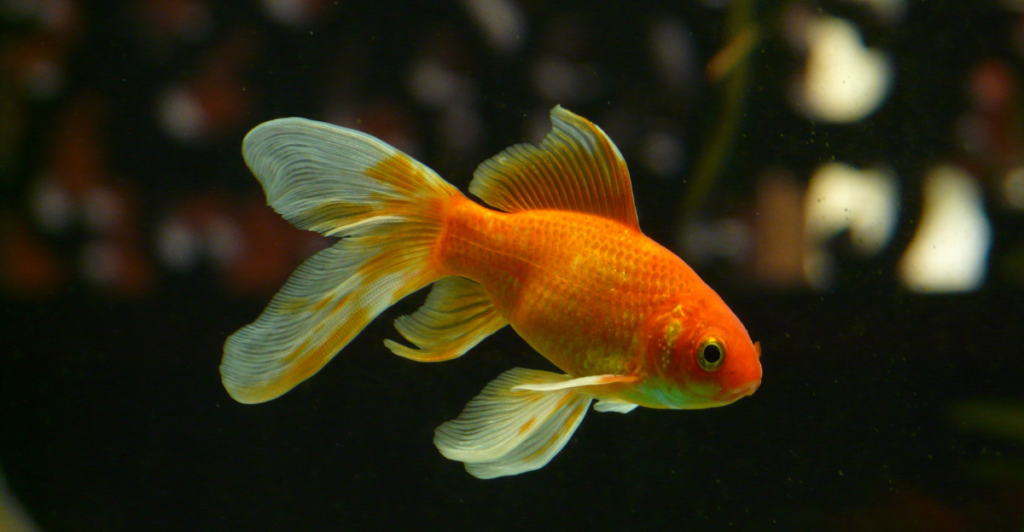
Despite the rumor that they have a short-term memory, goldfish are actually quite smart for their size. These fish can retain information for months at a time. Studies have shown that they can recognize their owners, learn to associate feeding times with specific cues, and even navigate mazes. Goldfish are also capable of complex behaviors like problem-solving and social learning.
5. The Great Wall of China Is Visible from Space

It has often been claimed that the Great Wall is the only man-made structure visible from space. This is just not true, as Astronauts have confirmed that the Great Wall can’t be seen with the naked eye from space. The structure’s earthy tones and narrowness mean it blends effortlessly into the environment.
6. Bats Are Blind
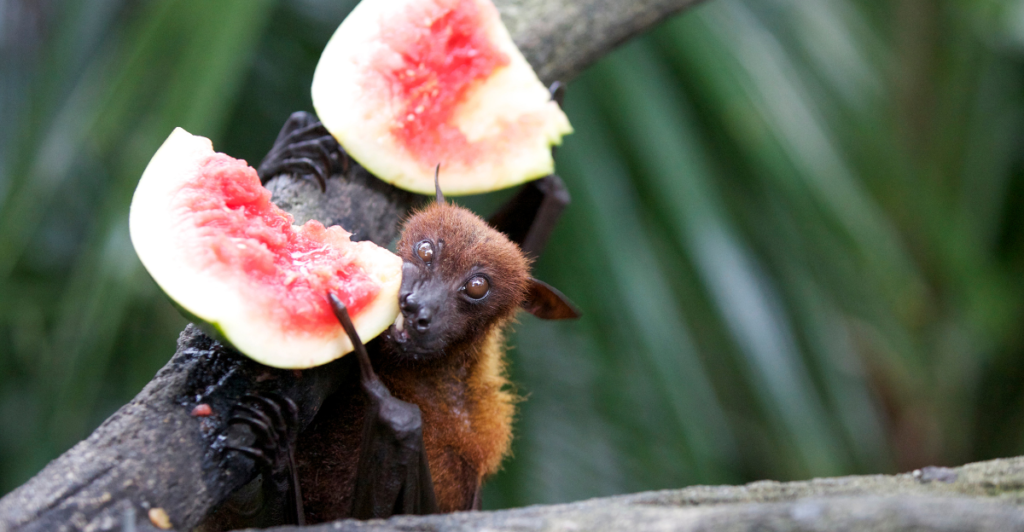
While bats don’t see like humans do, they can still see. Most species have perfect eyesight; some even see better than humans in low light. While they are famous for using echolocation to navigate the dark, they rely on their vision, especially during dawn and dusk. Fruit bats, for instance, depend primarily on their sharp eyesight and sense of smell to find food.
7. Mother Birds Will Abandon Their Babies If You Touch Them
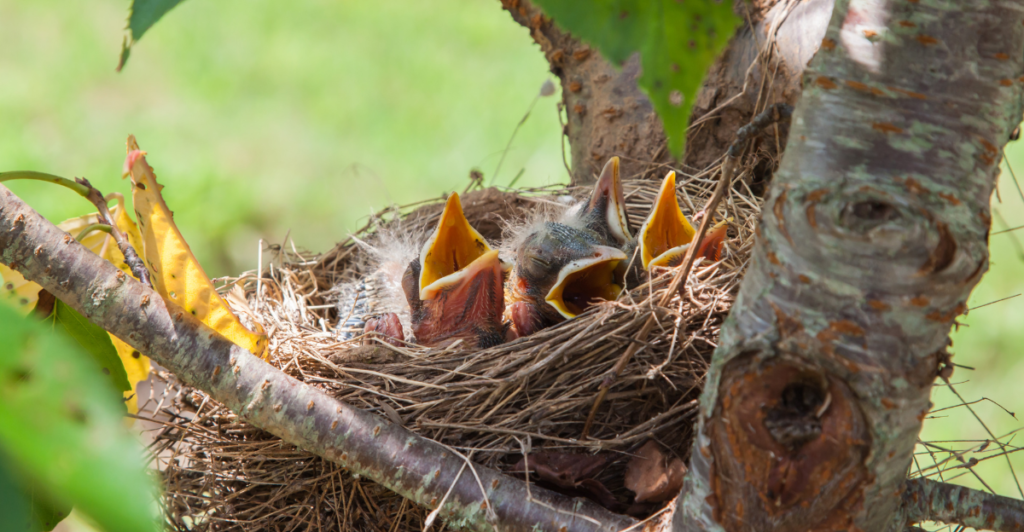
Have you ever encountered a little bird that fell out of its nest, but you were stopped from helping because someone said the mom would kick it out if you touched it? It’s a common misconception. Most birds have a minimal sense of smell and are unlikely to detect human scent on their chicks. Birds are highly dedicated to their young and will not simply abandon them because of brief human contact. If you find a baby bird on the ground, it’s often best to place it back in its nest if it’s uninjured.
8. Sharks Can Smell a Single Drop of Blood from Miles Away
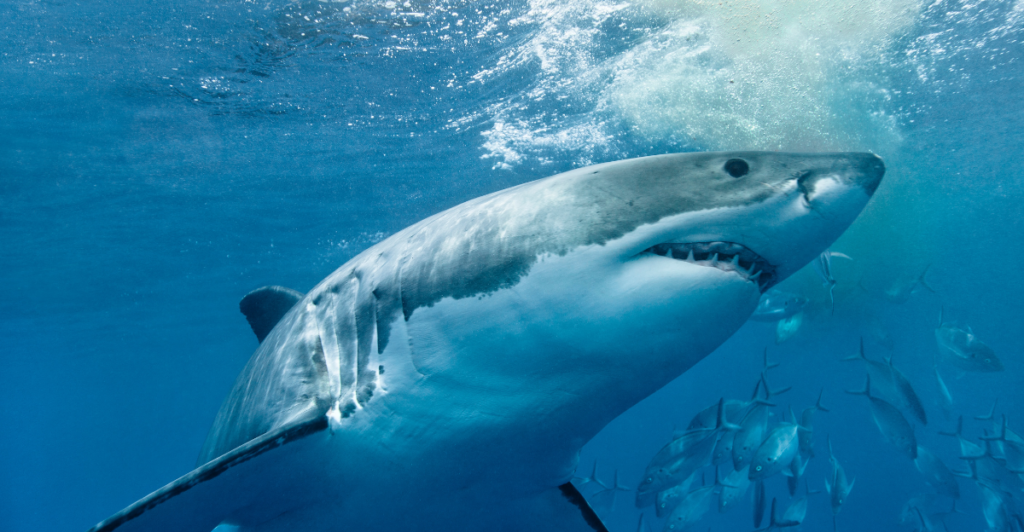
Despite what most people might think, a single drop of blood won’t draw sharks to you in the ocean. Sharks have specialized organs called olfactory bulbs that allow them to pick up on scents in the water, but their ability to detect blood depends on factors like water currents and the concentration of the smell. Some sharks can detect about a drop of blood in an average swimming pool, not miles away.
9. Plastic Straws Are the Biggest Threat to Ocean Pollution

In recent years, people have made a big thing about plastic straws harming the environment, but not much else. Straws make up only a tiny fraction of the plastic waste in the ocean, less than 1%. Most marine plastic pollution comes from discarded fishing gear, plastic bags, bottles, and industrial waste. It is important to cut back on single-use plastic, but straws aren’t the only problem we face; quite frankly, the plastic cup your drink comes in is more of a problem than the straw.
10. Bees Die After Stinging Any Animal
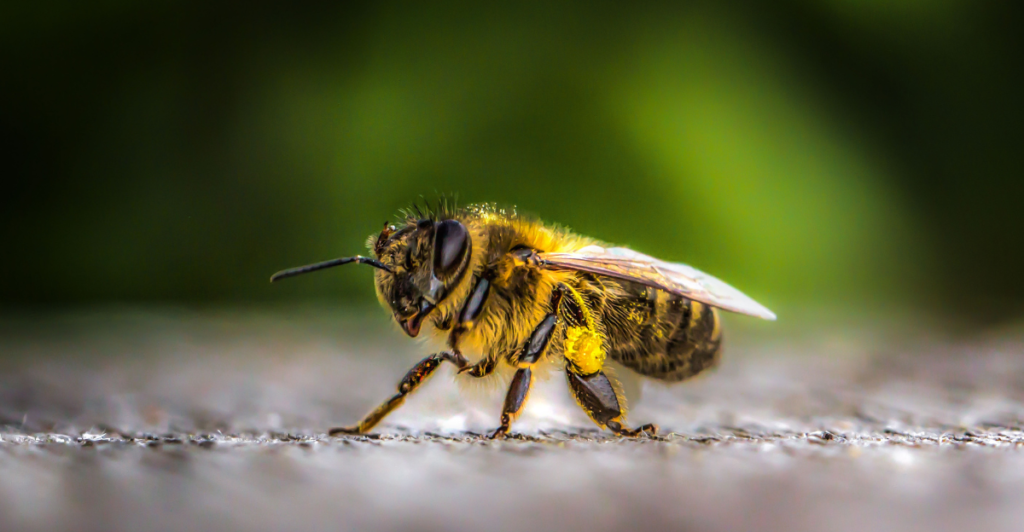
There are different bee species, but this myth isn’t true for all. Honeybees that sting mammals or thick-skinned creatures do die after a single sting. Their barbed stingers get stuck in the skin, causing the stinger and part of their abdomen to tear away, which is fatal. However, honeybees can sting other insects multiple times without dying. Other bee species, like bumblebees and carpenter bees, have smooth stingers and can sting repeatedly without harming themselves.
11. Bulls Get Angry Whey They See The Color Red
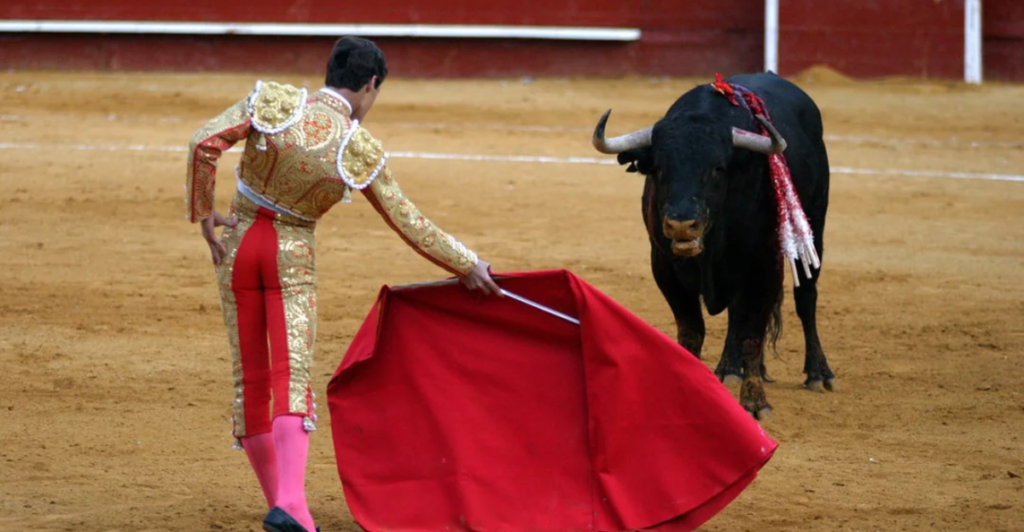
This one might be shocking because of how strongly it’s believed. Bulls are colorblind to red, and they don’t react to the color itself. What provokes them is the movement of the cape or other objects being waved in front of them. Bulls have difficulty distinguishing between different colors, and their primary reaction is to their environment’s motion and stimuli. So, they care more about the waving cape than the fact that it’s red.
12. You’ll Get Warts If You Touch A Toad
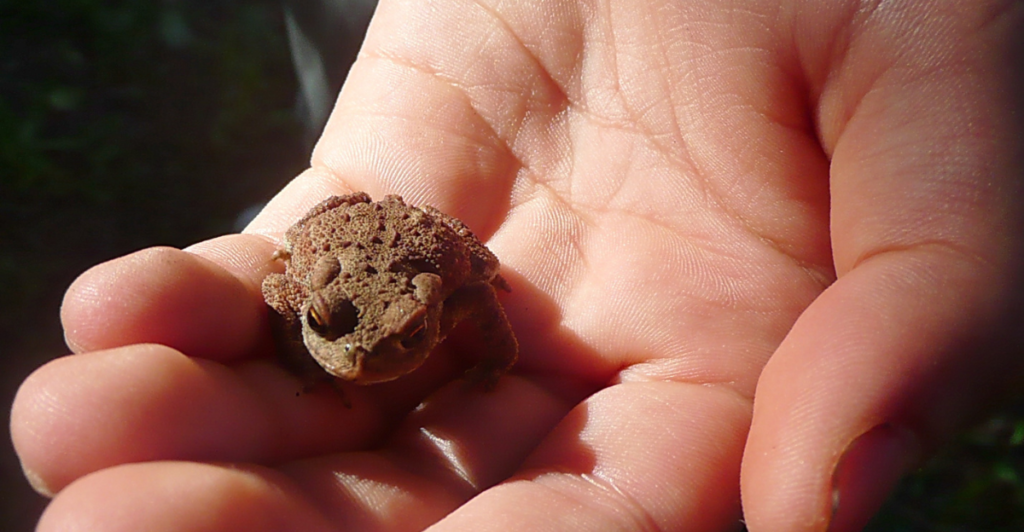
While some toads can release toxins from their skin, you won’t get any warts. The bumps on a toad’s skin are part of its natural texture, and the toxins they release are not contagious or capable of causing warts. Warts are caused by the human papillomavirus (HPV), not by contact with amphibians. Washing your hands afterward is still good, but you don’t have to worry about warts.
Explore more of our trending stories and hit Follow to keep them coming to your feed!

Don’t miss out on more stories like this! Hit the Follow button at the top of this article to stay updated with the latest news. Share your thoughts in the comments—we’d love to hear from you!







